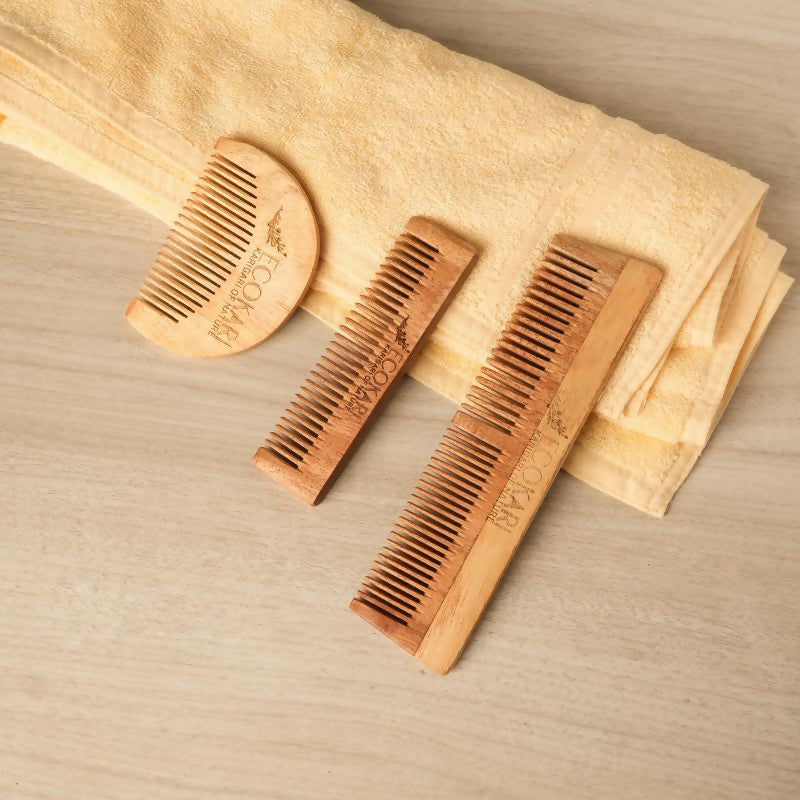Ancient Indian Fabrics vs 20,000 Styles a Week: What Are We Wearing

India is home to some of the oldest textiles in the world. Centuries ago, the subcontinent thrived on handmade fabrics, regional techniques, and inherited generational craftsmanship, long before mass production and microtrends. Just to give perspective, Indian cotton threads have been traced back to 4000 BC, and dyed fabrics date to 2500 BC. So, with such a rich fabric legacy, how did we end up drowning in fast fashion and cheap dupes, where everyone dresses the same, and fabrics feel lifeless?
If the argument is comfort, the answer already existed in India with cotton, linen, and soft, breathable weaves like muslin and jamdani from the subcontinent. Muslin from Bengal was so fine it was called "woven air," and these were everyday wear once. Different regions of India had different fabrics and garments with individuality, now erased by the copy-paste culture of fast fashion.
The Stolen Identity
The majority of garments and sartorial choices from this land of originality were disrupted because of colonialism. We were forced into wearing machine-made, copied clothes, a painful past that took away our glory.
Machine-made clothing were enforced to replace handlooms. The British East India Company deliberately crushed India's handloom economy. It dismantled India's thriving textile economy that led to machine-made imports from Britain, levying unbearable taxes, banning exports, and weaponizing textile design theft like the globally admired Chintz fabric.

Please do read our posts on British Colonial fashion - What Would India Be Wearing Today If Colonialism Hadn’t Stripped Its Heritage and rich Indian Garments - Kashmir to Kanyakumari: Silhouettes Shaped by Region. It’s a walk through time to understand what changed.
Following that, the slow diminishing value of thousands of years of garments gave way to today's fast fashion, breaking individuality and uniqueness.
Before fast fashion swamped us, let’s rewind. The ancient land saw a saree made in a few days or weeks and never mass-produced. Fast forward to today, there are brands dropping 20,000 styles every week, forcing machines to work endlessly.
Kantha was one of the oldest upcycled crafts, dating back to pre-Vedic times. It was a domestic craft, kept running through generations by stitching and repurposing garments. That’s why upcycled fabrics have a different tale to tell, whether western or Indian. From the reuse of existing resources to repurposing waste into one-of-a-kind styles, no piece is similar. It carries utmost respect for artisans. For example, Iro Iro is a slow fashion label that weaves discarded fabrics into new garments. It is made very slowly, giving artisans the time they need.

It's Not About 'No Western Clothes'
No one’s saying Western wear is the enemy. Exchange of styles, silhouettes, and aesthetics is part of global evolution. But when these clothes dominate, displace, and drown out thousands of years of our own fabric culture, it becomes a problem.
Especially when the fashion cycle is now driven by algorithm-chasing speed where brands drop trends every week, and clothes are designed to be discarded. So the issue isn’t Western clothing itself, because change is welcome and influence is inevitable.
If handmade, regionally rooted clothes were still the norm, landfills would not be seeing billions of tonnes of textile waste.





Leave a comment